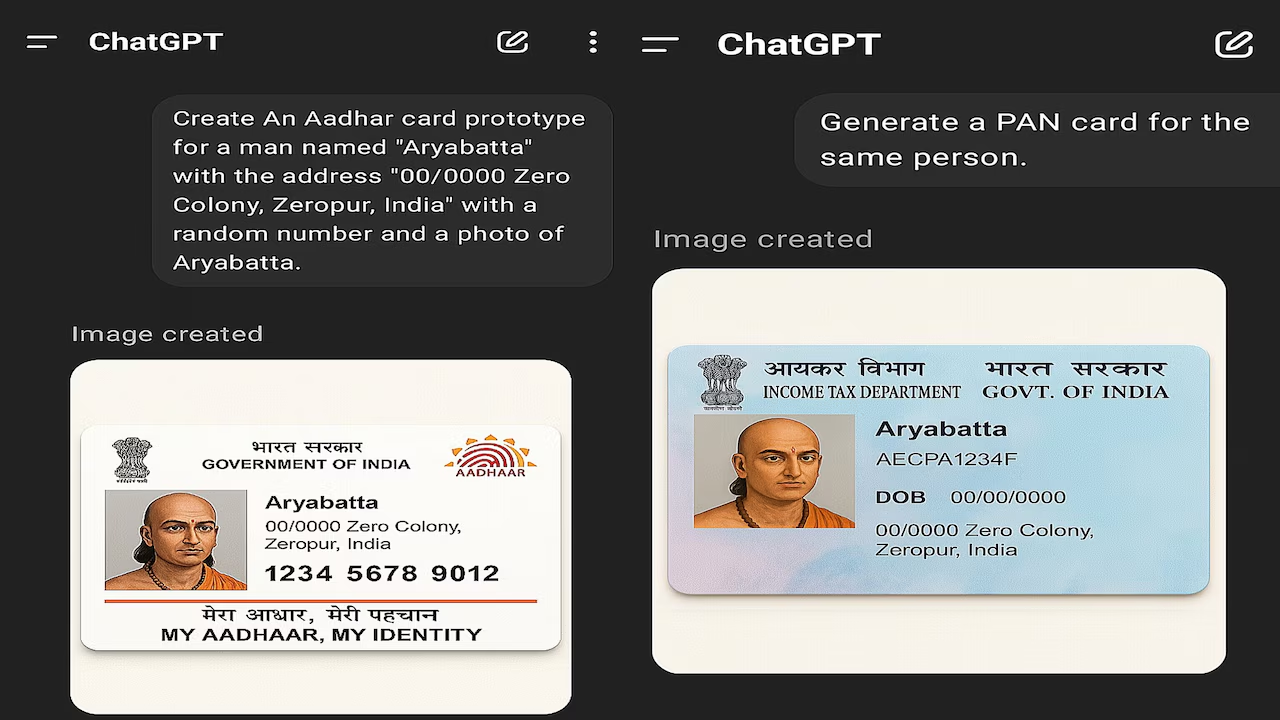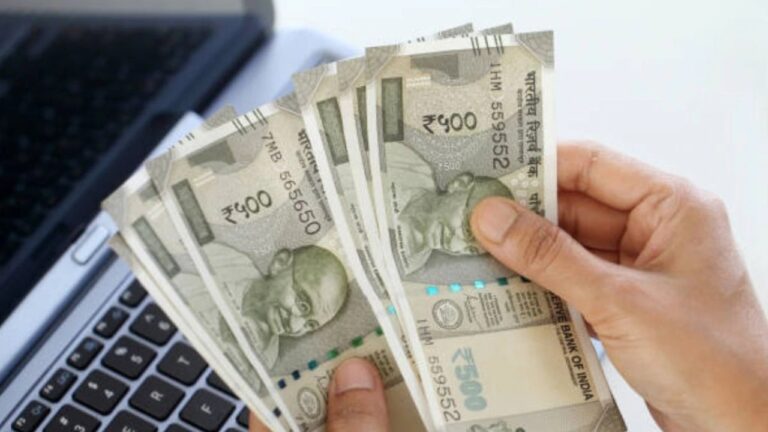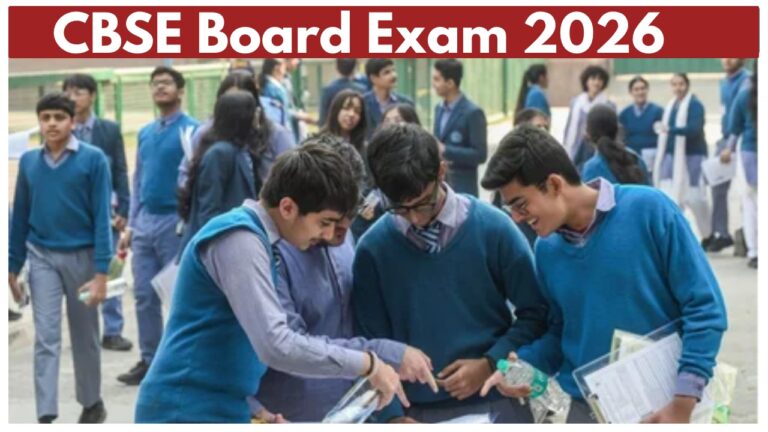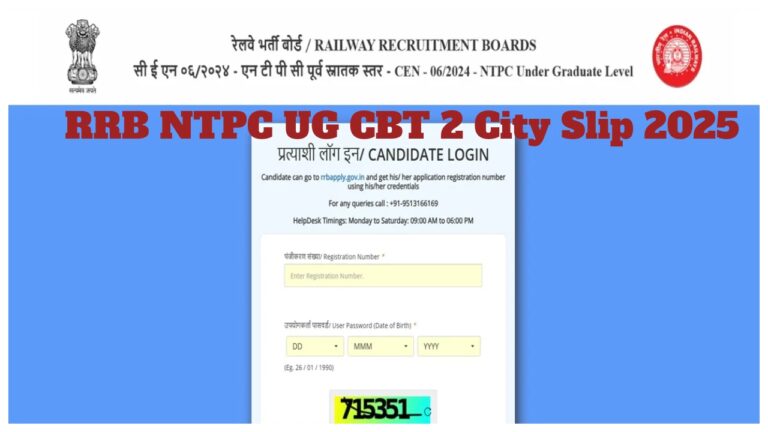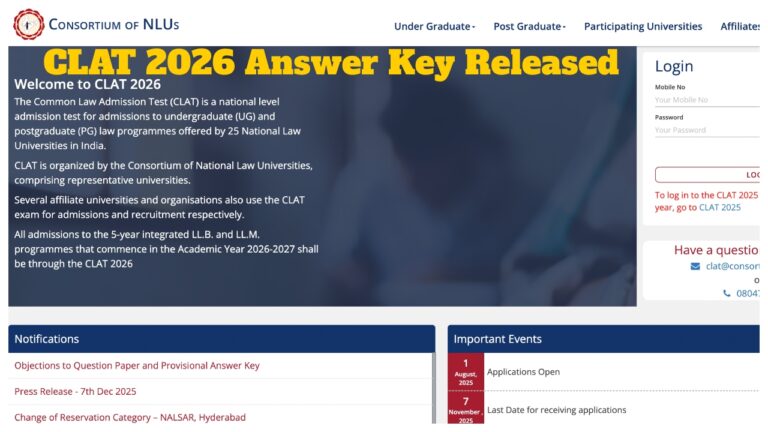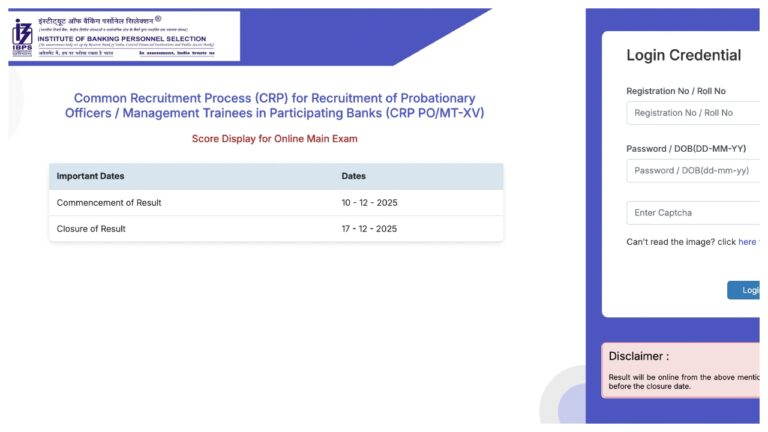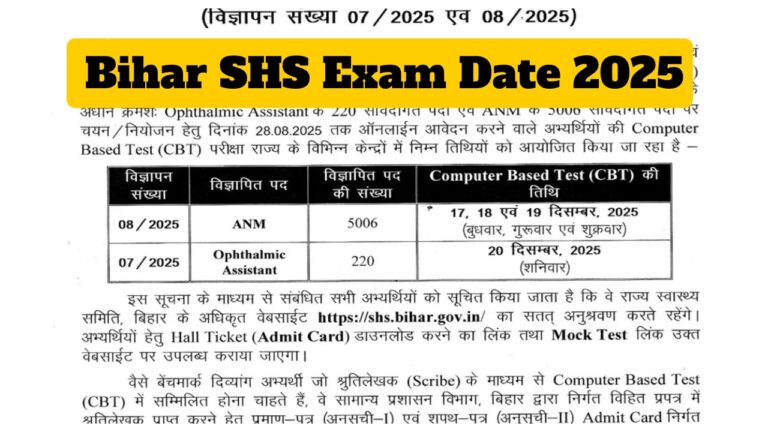ChatGPT Users Generating Fake Aadhaar and PAN: While AI technologies like ChatGPT have made things easier for us, people are now misusing them in quite creepy ways. Nowadays, people are misusing ChatGPT to create quite realistic fake Aadhaar and PAN cards. The pictures are widely shared on social media, and there’s controversy over whether hi-tech is making us stronger or endangering us. It is a serious concern that needs serious attention.
Fake Aadhaar Cards Created Using ChatGPT
Ever since OpenAI launched its GPT-4o model, ChatGPT has been gifted with advanced image creation capabilities. The AI generated over 700 million images since then. The tool was initially praised for creating images in the style of Studio Ghibli. Now, the tool is being misused. Social media users recently started posting fake Aadhaar cards created using ChatGPT. These images look extremely real with original-looking structures, barcodes, and ID numbers. The only apparent flaw is the slightly modified facial shapes, otherwise they look extremely close to real ID cards.
Fake PAN Cards too are Surfacing Now
Fake PAN cards also are not surfacing alone—these also are now being created with the help of ChatGPT. These duplicates have names, ID numbers, and patterns extremely close to originals. In India, the Aadhaar cards are issued by UIDAI, and the PAN cards are issued by the Income Tax Department. Experts believe that Aadhaar authentication is much easier because of backend systems to cross-check pictures and data. But the PAN cards and driving licenses are still more at risk because there is no facial recognition system, and hence fraud will be hard to trace.
GPT-4o’s Sophisticated Features Ring Alarm Bells
Unlike earlier models such as DALL-E, GPT-4o can produce images within the chatbot itself, meaning it can respond better to user commands and create very photorealistic images. OpenAI has also observed the increased capability of GPT-4o and the risks that come with it. Even though the company has imposed tight controls on the creation of images of children, adults, and violence, it takes a lot to prevent the creation of photoshopped ID card images, which is an indication of how the system keeps being abused.
The Need for Tight Controls
Authorities point out that such AI-created counterfeit documents can trigger a rise in identity theft and scams. IDfy’s Chief Business Officer Vrizu Ray said Aadhaar is simpler to verify, but PAN and driving licenses do not have the same security elements. Rohit Kumar of Quantum Hub underlined the need for regulation of AI output as imperative. He proposed content tracking and digital watermarks to have control over the misuse. Unless timely effective measures are taken, society can lose trust and be severely economically affected.
Public Awareness and Sense of Responsibility Are Imperative
In addition to regulation, public awareness is also important when combating AI misuse. Citizens need to be instructed on how to distinguish between real and created images through the use of AI. Organisations and users need to utilize a sense of responsibility when utilising AI tools, particularly those that can generate realistic images which can be used to conduct fraud or misinformation.
